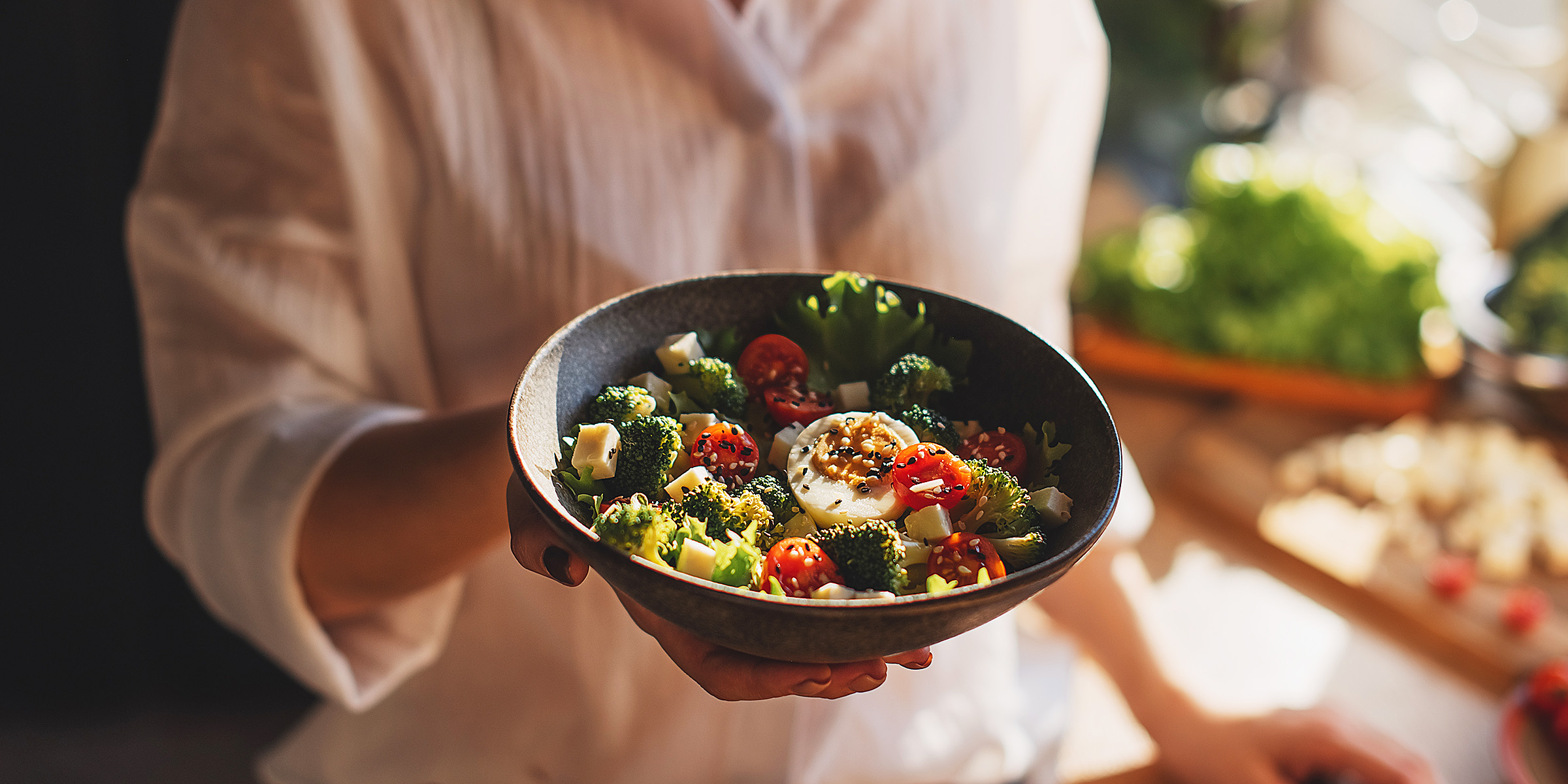
Kitchen Confessions: 3 Unconventional Food Hacks That Actually Work
There are numerous ways in which the ingredients we use in our recipes influence the flavors of the food we cook. If you want to elevate your dining experience, here are a few food hacks to help you do just that.
The internet is rife with all kinds of kitchen hacks touted as quick and easy solutions, but few are as beneficial as some food influencers claim. Below are three such hacks you might not have known about — with expert insights to back them up.
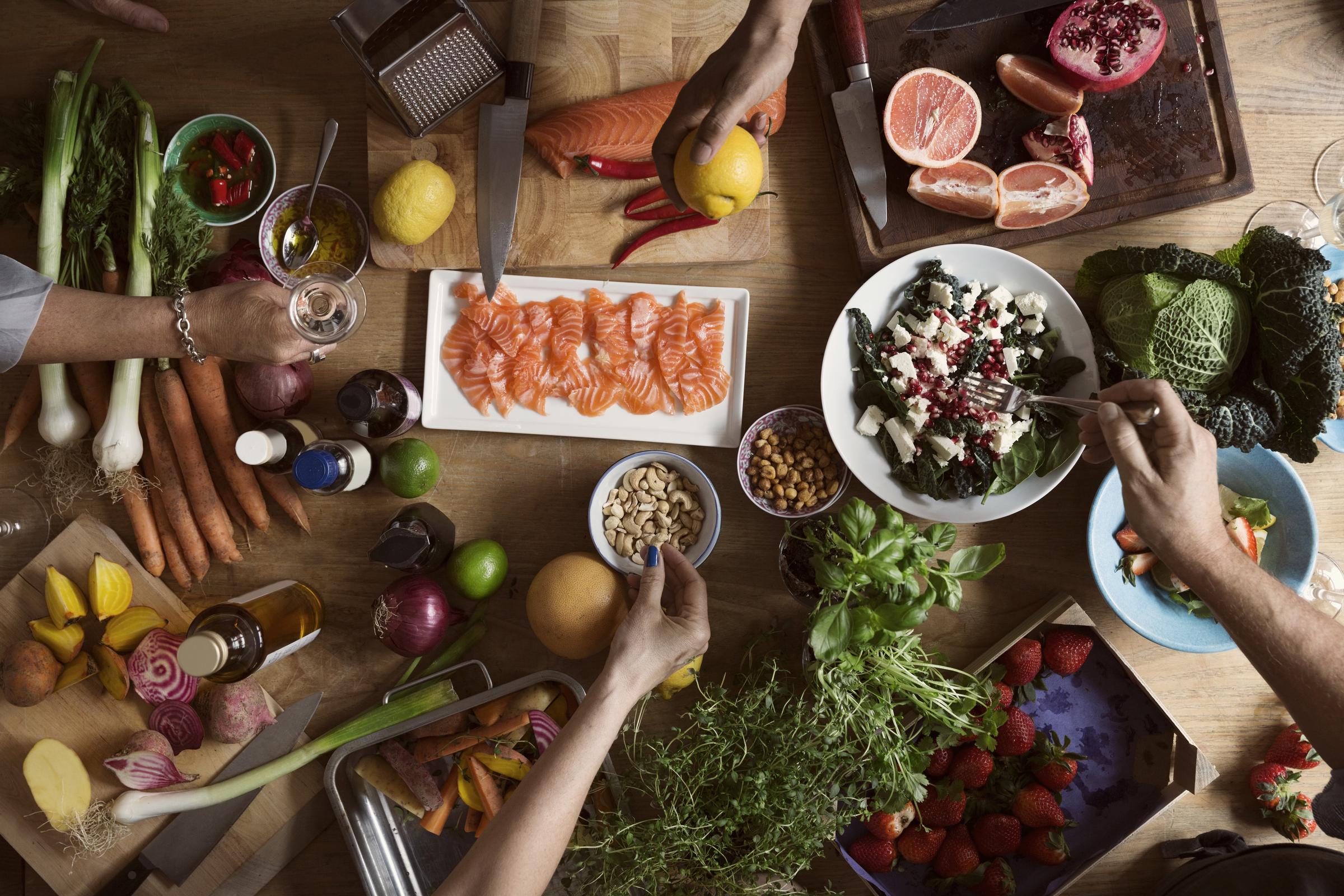
A group of people preparing food | Source: Getty Images
1. Leftover Starch Is Nutritious
After cooking rice, pasta, or potatoes, cool them in the fridge overnight before eating. This will transform the starch structure into resistant starch, which is a healthier form of fiber. Resistant starch supports your gut health, helps regulate your blood sugar, and improves insulin sensitivity.
As Evelyn Victoria, R.D.N., a clinical dietitian nutritionist specializing in cardiovascular health at the University of Miami Health System, explains, "After refrigeration, your body won't absorb the carbohydrate the same way it would from freshly made rice. It improves the glycemic load and your insulin response."
Moreover, consuming resistant starch is good for your heart health. "From a cardiovascular standpoint, diets high in fiber help improve blood pressure, reduce triglyceride levels, and reduce the risk of cardiovascular disease," Dr. Victoria adds.
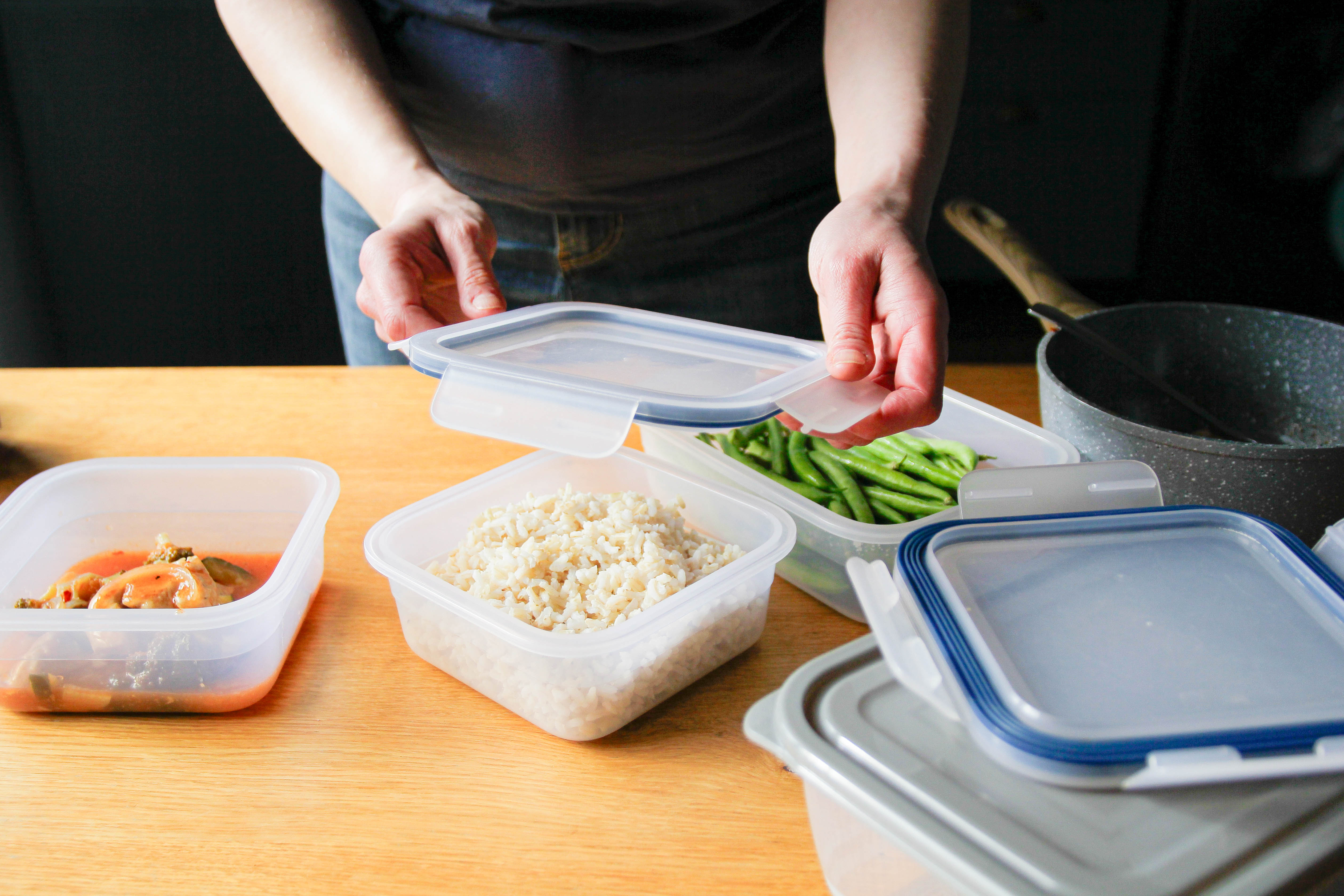
A man putting away leftovers | Source: Getty Images
2. Soak Your Beans
Soaking your beans overnight in water before cooking helps reduce oligosaccharides, which are the fibers that cause gas and bloating. This kitchen hack also improves digestion and enhances your body's mineral absorption.
Beans and their legume cousins contain both soluble and insoluble fiber, which offer several benefits, including reduced inflammation and risk of obesity, and stronger gut microflora. Dr. Victoria recommends having beans any way you can, whether canned or dry.
"Canned beans, especially low-sodium ones, are super convenient. As a dietitian, I recommend whatever gets you eating more beans," she explains. If you use dry beans, she advises discarding the soaking water before cooking.
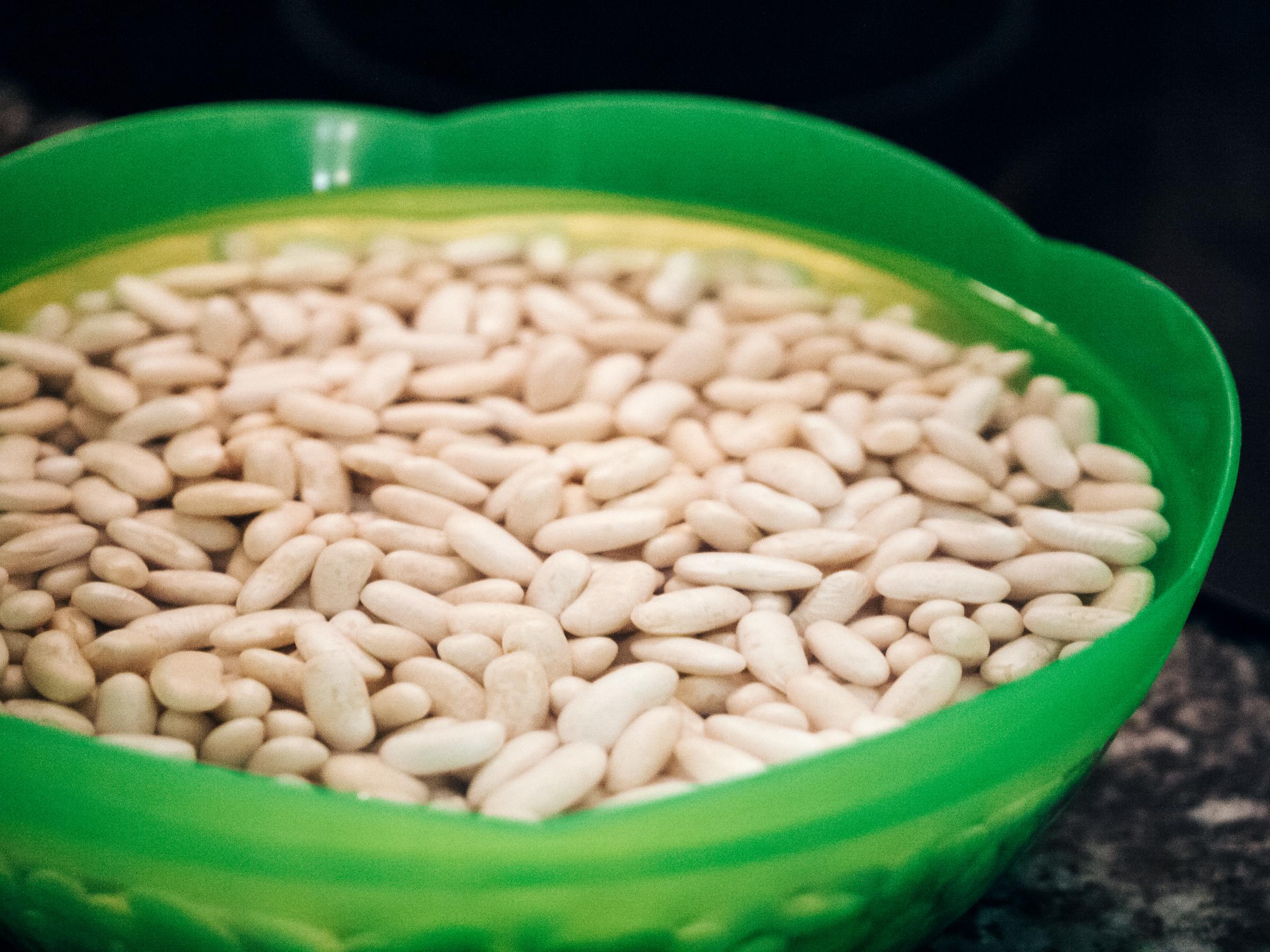
A bowl of beans soaked in water | Source: Getty Images
3. Season Your Food With Acids
Acidic ingredients on their own tend to have a sour, tangy flavor — for example lemon juice, citric acid, or vinegar — and are often used as flavor enhancers. They can also balance the bitterness and saltiness in a dish.
For example, poaching your eggs with a bit of vinegar helps the egg whites firm up nicely, while soaking raw fish in citrus juice denatures and "cooks" their proteins in a process that mimics heating.
When acidic ingredients are used in marinades, such as yogurt or citrus-based mixtures, they help denature proteins by altering their natural properties, making the surface of meat more tender. However, when acid is used excessively and for too long, your meat can develop a mushy texture and become unpalatable.
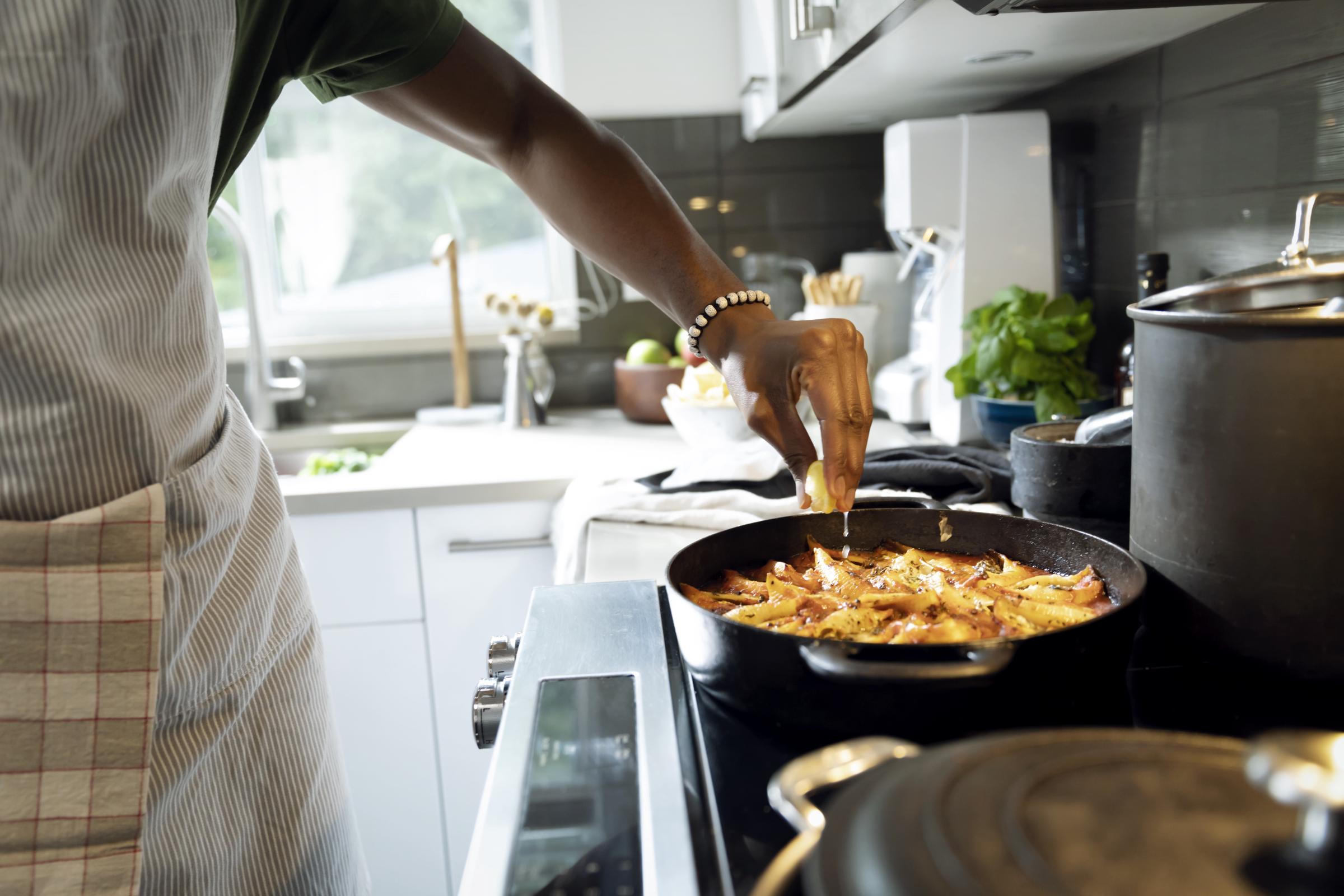
A man adding a squeeze of lemon over his pasta dish on the stove | Source: Getty Images
That wraps up a few simple food hacks that can make a big difference in your kitchen. Whether it's giving starches time to rest, soaking your beans overnight, or adding a splash of acid to your meals, these small changes can elevate both flavor and nutrition.
Sometimes, the best upgrades to your cooking aren't about fancy ingredients — they're about smart techniques.
The information in this article is not intended or implied to be a substitute for professional medical advice, diagnosis or treatment. All content, including text, and images contained on AmoMama.com, or available through AmoMama.com is for general information purposes only. AmoMama.com does not take responsibility for any action taken as a result of reading this article. Before undertaking any course of treatment please consult with your healthcare provider.
